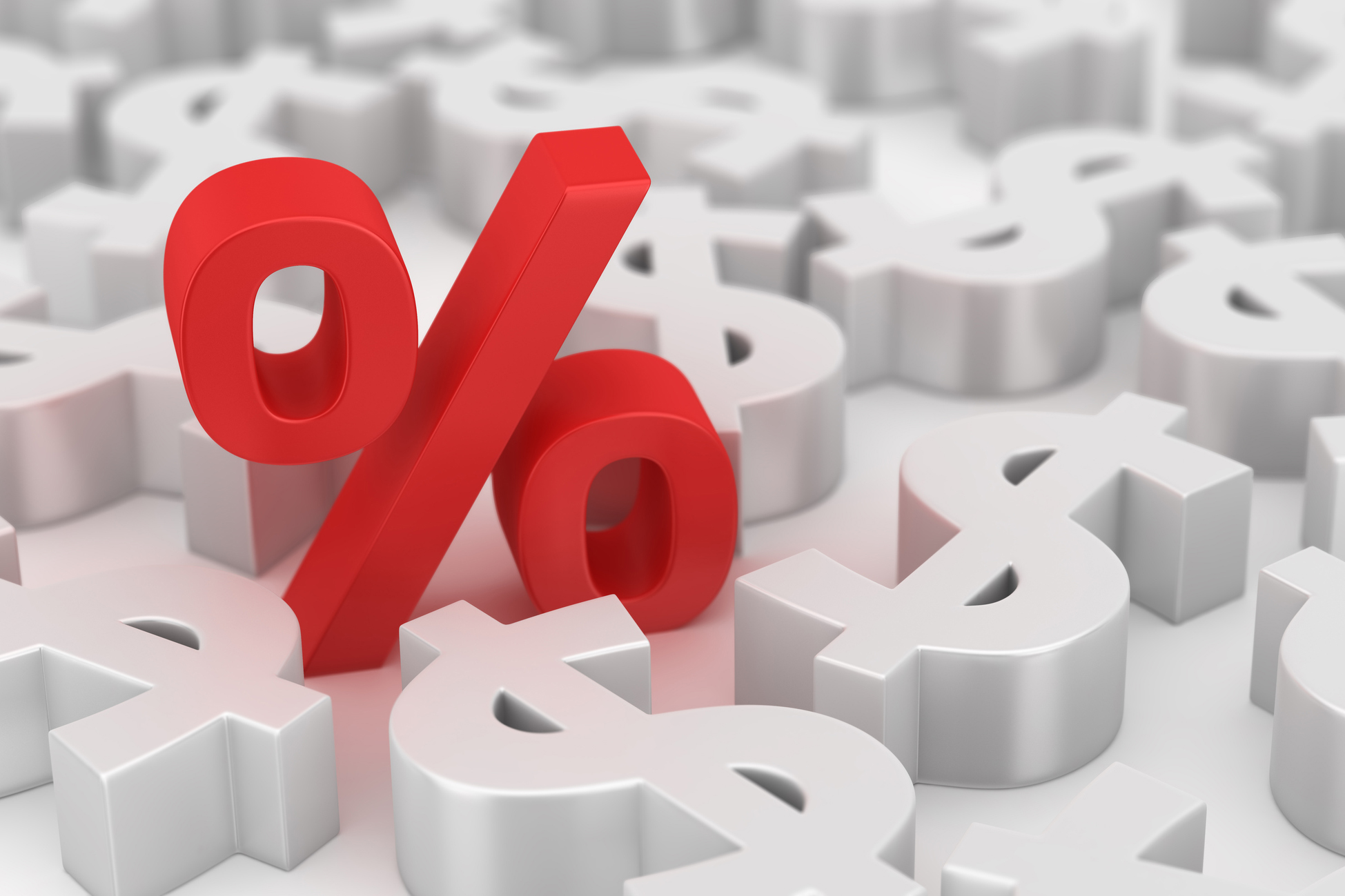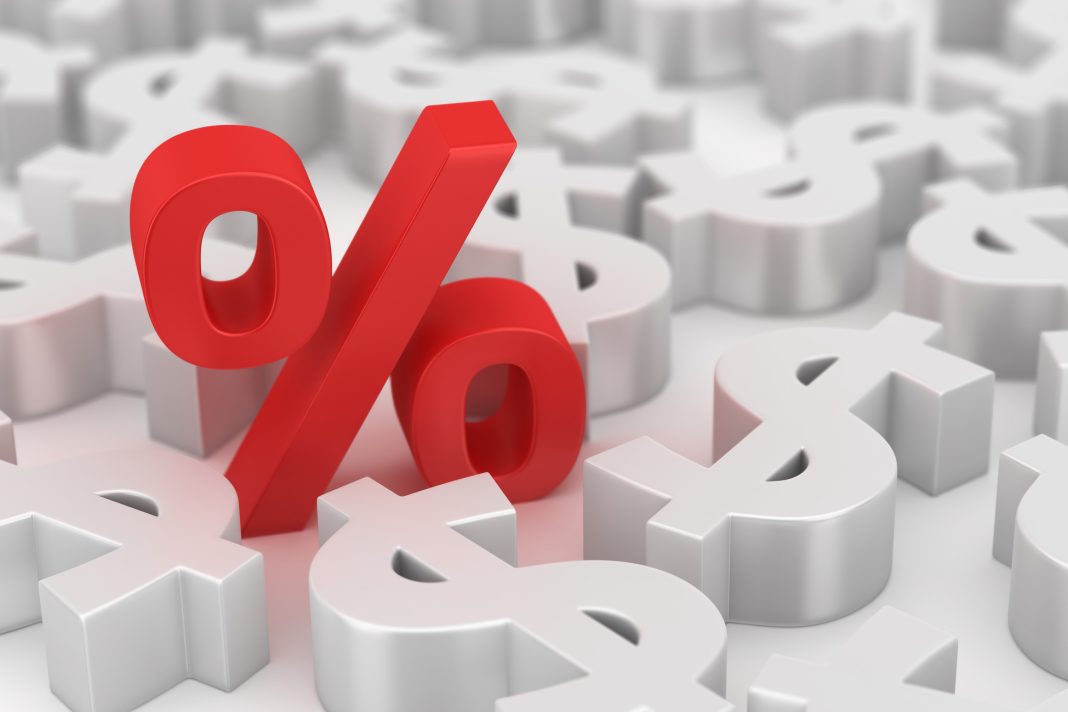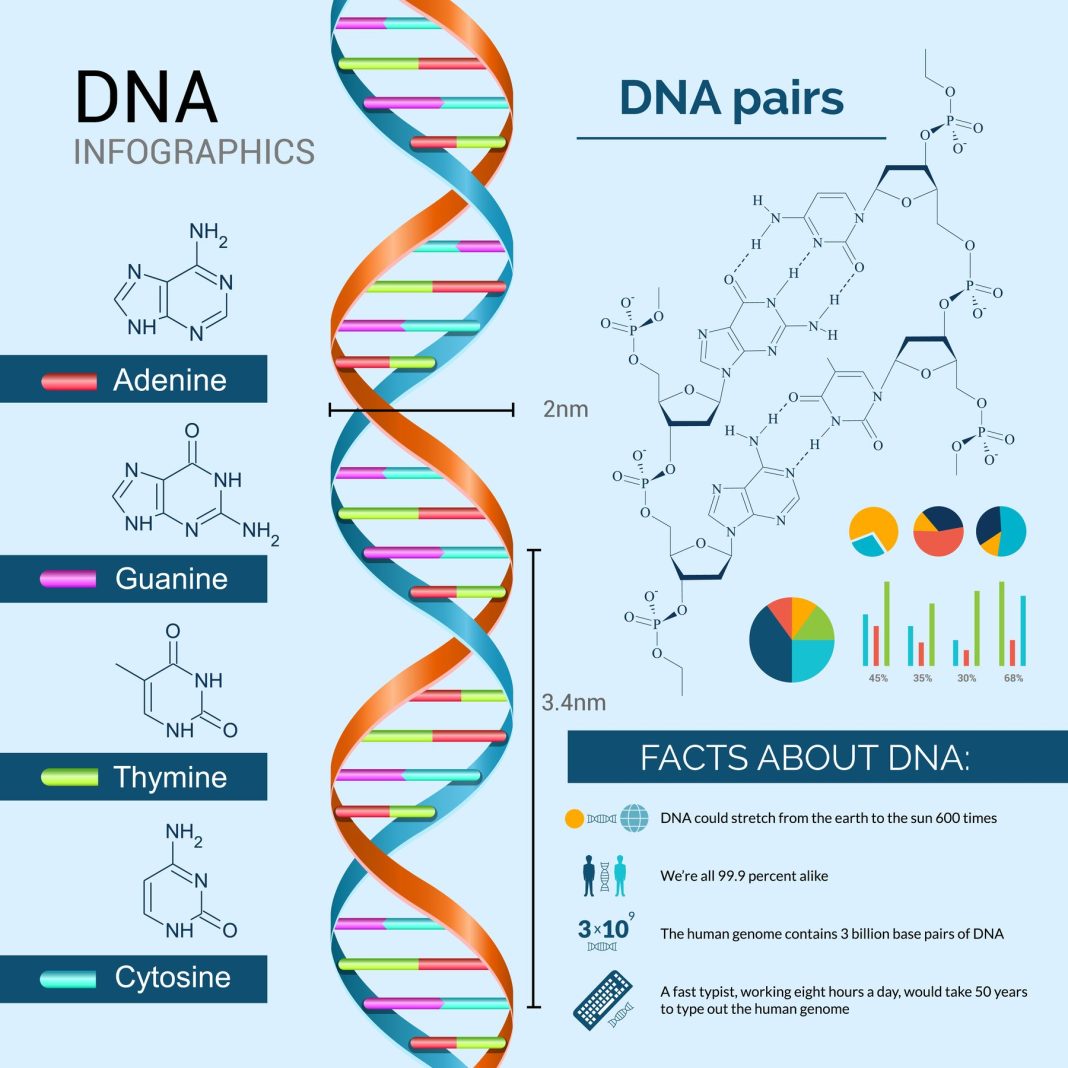 Producer prices, which reflect the cost of goods and services paid by businesses, decreased in May, indicating a potential easing of inflationary pressures. The producer price index (PPI) fell by 0.2 percent, lower than the expected 0.1 percent, according to the Bureau of Labor Statistics (BLS). This decline follows three consecutive months of increasing PPI inflation. On an annual basis, the PPI also eased to 2.2 percent, lower than the anticipated 2.3 percent. The decrease in the PPI was primarily driven by a nearly 5 percent drop in energy prices, particularly gasoline.
Producer prices, which reflect the cost of goods and services paid by businesses, decreased in May, indicating a potential easing of inflationary pressures. The producer price index (PPI) fell by 0.2 percent, lower than the expected 0.1 percent, according to the Bureau of Labor Statistics (BLS). This decline follows three consecutive months of increasing PPI inflation. On an annual basis, the PPI also eased to 2.2 percent, lower than the anticipated 2.3 percent. The decrease in the PPI was primarily driven by a nearly 5 percent drop in energy prices, particularly gasoline.
The core PPI, which excludes the volatile energy and food sectors, remained unchanged in May, down from 0.5 percent in April. Economists closely monitor the PPI as it can serve as an indicator of future inflation trends. The latest reading is positive news for the Federal Reserve, suggesting that they may be closer to cutting interest rates.
In May, the consumer price index (CPI), which measures the average change in prices paid by consumers for goods and services, increased by 3.3 percent annually, slightly lower than the previous month’s 3.4 percent. Core CPI, which excludes volatile food and energy prices, also dipped to 3.4 percent from 3.6 percent. Import and export prices will be the next significant indicators of inflation, with import prices projected to rise by 0.1 percent and export prices expected to remain flat.
Despite this data, there was little reaction in the financial markets to the PPI figures. U.S. Treasury yields slightly decreased, and the U.S. Dollar Index (DXY) erased most of its gains after the release of the inflation numbers. Investors seemed optimistic about the softer inflation print and were not overly concerned about the Federal Reserve’s lowered rate-cut forecasts.
Federal Reserve Chair Jerome Powell expressed satisfaction with the latest inflation reading and indicated that a rate hike was unlikely. Powell stated that the Fed believes policy is restrictive and that cuts may be necessary to prevent weakening in the economy. However, the Fed’s updated projections showed that policymakers anticipate a higher median federal funds rate by the end of the year and expect inflation to remain above the 2 percent target rate until 2026.
Market experts agree that the Federal Open Market Committee (FOMC) will remain data-dependent and cautious in their approach. They believe that one monthly print of softening data is unlikely to significantly impact the committee’s overall mindset. The futures market predicts that the Fed will keep the policy rate unchanged at the next meeting, with a possible quarter-point cut in September.
In labor market news, first-time unemployment benefit claims rose to a 10-month high of 242,000 for the week ending June 8. Continuing jobless claims also increased to 1.82 million, higher than expected. Federal Reserve Chair Jerome Powell acknowledged the divergence in labor market data and suggested that payroll growth may be overstated. The household survey component of the monthly employment snapshot revealed a decline in jobs, particularly full-time positions.
Overall, the latest inflation and labor market data suggest a potential easing of inflationary pressures and possible future interest rate cuts by the Federal Reserve. However, market watchers caution that multiple monthly prints indicating core inflation nearing 2 percent would be necessary before any rate cuts are implemented.


